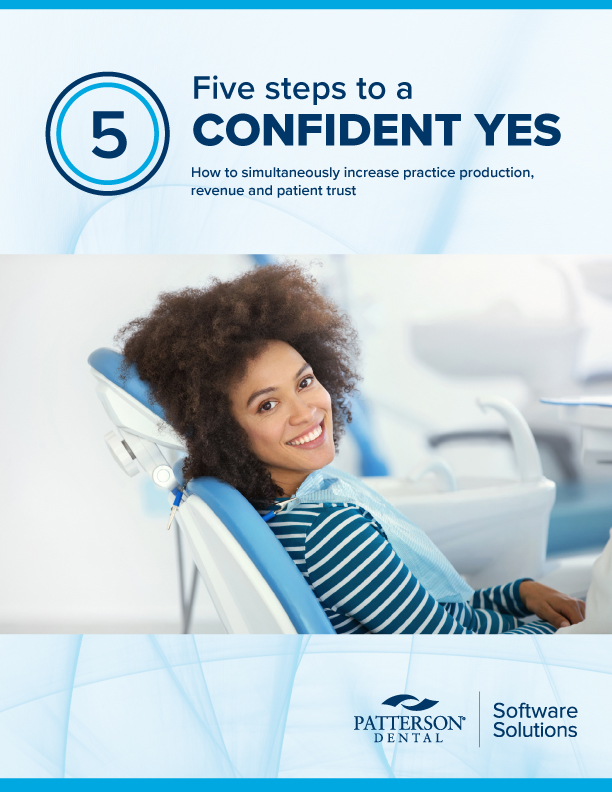Dear ADA: Out-of-network providers

Dental insurance issues are often rated as one of dentists’ chief challenges.
In response to an ADA Health Policy Institute poll in late 2024, more than half of dentists reported that one of their top concerns looking ahead to 2025 was related to insurance, including low insurance reimbursement rates, denied or delayed payments, and issues related to Medicaid and Medicare.
This ADA News series aims to address some of those challenges. Dear ADA will feature answers to common insurance-related questions the American Dental Association receives from members to help provide clarity and direct members to additional resources.
The answer to this month’s question is provided by Shelley Olson, D.D.S., chair of the ADA Council on Dental Benefit Programs.
Dear ADA: I do not participate in any PPO plans. When my staff calls to estimate out-of-pocket costs for these patients, the plan says it will not provide allowable fees for out-of-network dentists. This makes it difficult to provide reasonable cost estimates to my patients covered by a plan. Why is this?
Dr. Olson: Out-of-network dentists frequently contact the ADA with a range of concerns, including not receiving direct benefit payments, seeing reduced coverage for their patients and having lower allowable fees.
Some dental plans go further by setting higher deductibles and lower annual maximums for patients who choose to see a nonparticipating dentist. In some cases, plans even list the names and addresses of in-network dentists right on the explanation of benefits statements sent to patients who visited an out-of-network provider.
You raise an additional concern; some payers are reducing the allowable fees for out-of-network providers and are not transparent with benefit estimates for out-of-pocket costs associated with out-of-network treatment. Unfortunately, plans rarely give a detailed rationale. However, one such plan provided the ADA with the explanation below.
Employers, who are the plan purchasers, select the type of plan and corresponding coverages, including annual maximums, deductibles and other features, and sometimes differentiate benefits for in-network and out-of-network providers. Different allowable fees can also be chosen or designated by the employer groups that purchase these plans. The richer the plan design, the greater the premium to employers. If employers want to lower their premiums, they will ask the carrier to steer patients into the network for services.
Because employers can select different percentile levels or methodologies, there's no single "standard" for determining allowable fees. As a result, the only way for an out-of-network practice to understand what a plan will pay is to call the carrier because out-of-network practices typically lack access to payer portals that might otherwise display this information.
When out-of-network claims are processed, the remittance advice dental offices receive from the plan can also vary widely — not only between plans, but even among patients covered by the same carrier but under different employer groups. Dentists may see significant differences in reimbursement for the same procedure, depending entirely on which percentile or data source the employer has chosen.
This variability makes it difficult for dental offices to estimate plan payments accurately, clearly explain costs to patients or efficiently reconcile remittances. Inconsistent allowable amounts can also increase administrative burden, as staff must spend more time verifying benefits, answering patient questions and following up on underpaid claims.
It is also important to note that benefits are a frequent source of confusion for patients. Many patients assume that if their plan covers preventive procedures at 100%, they will have no out-of-pocket costs, even when they see an out-of-network dentist. When patients do not understand the difference between in-network and out-of-network benefits, it can lead to frustration and misunderstandings that may strain the dentist-patient relationship.
These types of policies are explicitly designed to drive patients to visit in-network offices. From the plan’s point of view, these are supposedly the benefits of participating in networks.
In this environment, one of the most effective steps you can take is to maintain clear, consistent office financial policies. A well-structured financial policy and program can be a win-win for your practice and your patients. Be sure to review your financial policy in full with each patient. Transparency, trust and loyalty are essential to long-term success.
Even patients may find it difficult to get clear answers from their plan, so dental offices can help by preparing patients with the right questions to ask about out-of-network coverage. Providing a treatment estimate gives patients a starting point for confirming whether each recommended procedure is covered, what percentage the plan will pay and how the carrier determines its allowable amount. Patients should also ask for the actual dollar amount the plan will allow and whether any limits apply, such as frequency rules, waiting periods, missing tooth clauses or alternative benefits. Keeping these questions simple and direct helps patients get a clearer picture of what their plan will cover and what they may need to pay before moving ahead with treatment. Patients can ask for a pretreatment estimate, which may help your office and the patient better understand what will likely be paid or not.
While federal legislation such as the No Surprises Act was enacted to protect patients from receiving unexpected medical bills, many stand-alone dental plans are not subject to these requirements. Some states, however, may have laws that require payers to share allowable charges with out-of-network practices to help prevent surprise bills. Regardless, dentists should always provide a good faith estimate of charges prior to treatment. For out-of-network dentists, this can reflect their full fee.
The ADA continues to communicate to payers that it fully supports patients’ freedom of choice and is committed to improving the system, regardless of whether dentists choose to participate in networks.



